Mistletoe...
Kathleen W
18 years ago
Related Stories
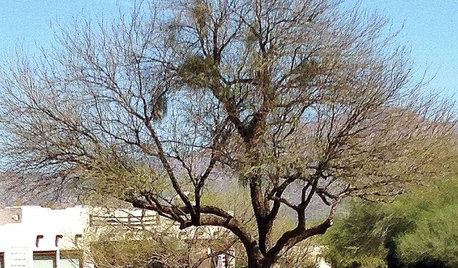
GARDENING GUIDESMistletoe Is Coming to Town
The sight of this mistletoe may not always bring about festive feelings, but for U.S. Southwest gardeners, it’s not all bad
Full Story
DECORATING GUIDESShop Your Garden for Easy Holiday Decorations
Make your home merry and bright without all the stress and fuss — everything you need is in your own backyard
Full Story
GARDENING FOR BUTTERFLIESButterfly Gardening: Delight the Eyes With Living Sculptures
Surprise and thrill with a garden that attracts magical winged creatures, bringing color, movement and life
Full Story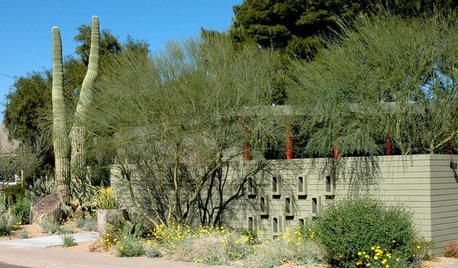
GARDENING GUIDESGreat Design Plant: Parkinsonia Florida
Blue palo verde's trunk and branches provide a beautiful backdrop to a spectacular spring show in the desert
Full Story
HOLIDAYS8 Ways to Really Slow Down and Savor the Holidays
Running amok to fit in holiday tasks can leave you frazzled and unfulfilled. Here's how to focus on what you enjoy most
Full Story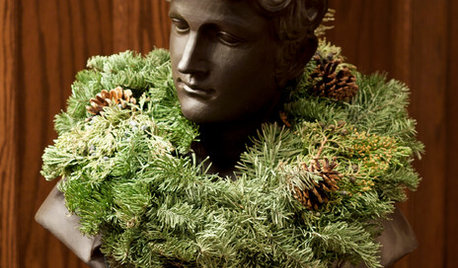
DECORATING GUIDESBudget Decorator: 15 Shortcuts to Holiday Style
If playing Santa has tapped out your wallet and your patience, consider these stylish, time-saving decorations an early Christmas present
Full Story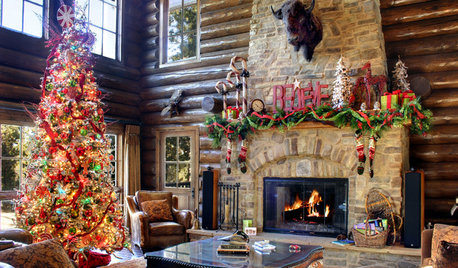
CHRISTMASHomes Around the World Wish You a Merry Christmas
Share in the Yuletide cheer of homes sporting their holiday finest, from Amsterdam to the U.S. West Coast
Full Story
DIY PROJECTSMake a Beautiful and Long-Lasting Driftwood Centerpiece
Add succulents to found wood for an easy arrangement that looks straight from a designer florist's shelf
Full Story
HOUZZ TOURSHouzz Tour: A House as Individual as Its Owner
Architects create a home like no other for a collector who’s passionate about books, art, literature, science and design
Full StoryMore Discussions







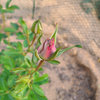
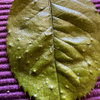
fleurbaby
paalexan
Related Professionals
Palm Springs Landscape Architects & Landscape Designers · Brooklyn Center Landscape Architects & Landscape Designers · Braintree Landscape Contractors · Desert Hot Springs Landscape Contractors · Golden Landscape Contractors · Mesa Landscape Contractors · Palm Beach Gardens Landscape Contractors · Pleasant Prairie Landscape Contractors · Santa Maria Landscape Contractors · Soddy Daisy Landscape Contractors · Waltham Landscape Contractors · Winter Gardens Landscape Contractors · Hueytown Landscape Contractors · Atwater Carpenters · Oak Lawn CarpentersPagancat
DesertHills
paalexan
Pagancat
usha
Kathleen WOriginal Author
DesertHills
winter_plumage_AZ